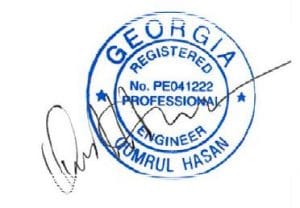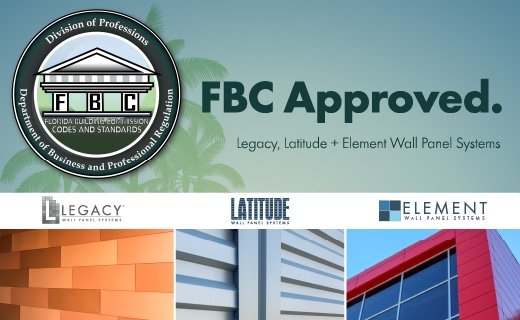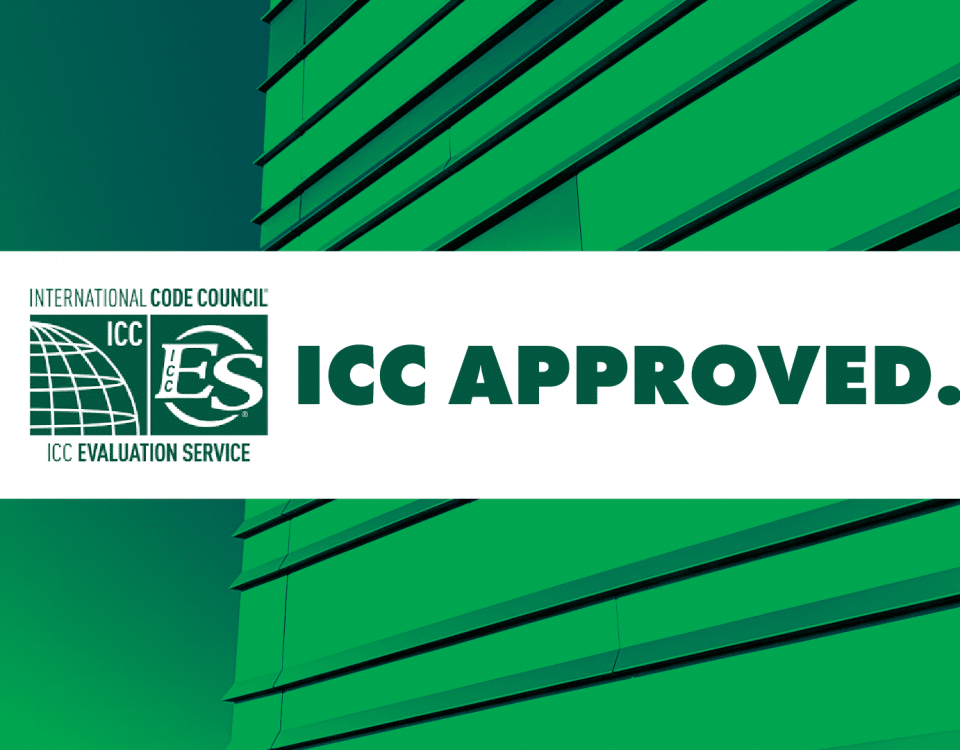Galvanic Compatibility
Often when design requires that dissimilar metals come in contact, the galvanic compatibility is managed by finishes and plating. The finishing and plating selected facilitate the dissimilar materials being in contact and protect the base materials from corrosion.
- For harsh environments, such as outdoors, high humidity, and salt environments fall into this category. Typically there should be not more than 0.15 V difference in the “Anodic Index”. For example; gold – silver would have a difference of 0.15V being acceptable.
- For normal environments, such as storage in warehouses or non-temperature and humidity controlled environments. Typically there should not be more than 0.25 V difference in the “Anodic Index”.
- For controlled environments, such that are temperature and humidity controlled, 0.50 V can be tolerated. Caution should be maintained when deciding for this application as humidity and temperature do vary from regions.
For jobs with aluminum panels attached to galvanized hat sections with TFC fasteners
We offer the following to minimize galvanic reaction between these metals.
- Panels: The aluminum panels are coated with backside coating (polyester wash coat) to reduce or eliminate galvanic action.
- TFC Fasteners: These are coated with TRI-SEAL® Long-Life Coating. This coating is a high performance dip spin finish, developed to minimize corrosion when used in exterior building applications. It consists of three layers; the first layer is a metallic zinc layer, the second layer is a high grade anti-corrosion chemical conversion film and the third, outer layer, is a baked ceramic surface coating. The distinguishing feature of TRI-SEAL® is the tight joining of the baked ceramic surface coating and the chemical conversion film. These two layers are bonded together through chemical reactions, and this unique method of combining layers result in a rigid combination of the coating films and is fully compatible for use in aluminum applications
- Galvanized Hats: These are galvanized to reduce the risk of rusting.
The Electrical potential between aluminum and zinc is 0.24 volts. As such the risk of any galvanic reaction in mild to normal condition between dissimilar material is almost negligible.
Another key factor in the determination of corrosion of two dissimilar metals in the presence of conductive substances. In most cases, condensed water does not provide enough conductance to start the corrosion process.
Please contact IMETCO Engineering for more information.








